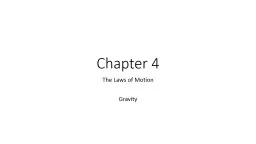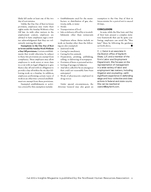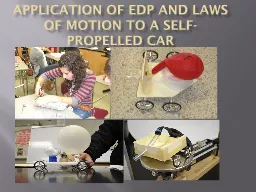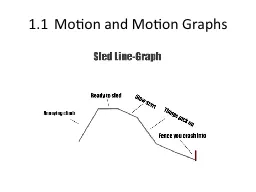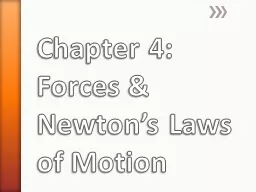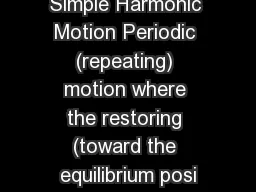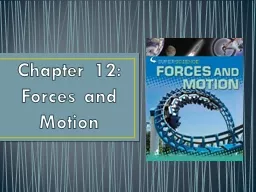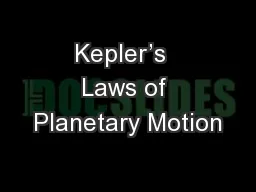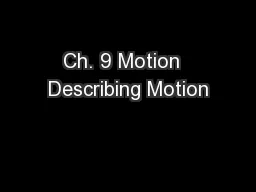PPT-Chapter 4 The Laws of Motion
Author : experimentgoogle | Published Date : 2020-06-22
Gravity Gravity Theres a lot about you thats attractive At this very moment you are exerting an attractive force on everything around you Your desk your classmates
Presentation Embed Code
Download Presentation
Download Presentation The PPT/PDF document "Chapter 4 The Laws of Motion" is the property of its rightful owner. Permission is granted to download and print the materials on this website for personal, non-commercial use only, and to display it on your personal computer provided you do not modify the materials and that you retain all copyright notices contained in the materials. By downloading content from our website, you accept the terms of this agreement.
Chapter 4 The Laws of Motion: Transcript
Download Rules Of Document
"Chapter 4 The Laws of Motion"The content belongs to its owner. You may download and print it for personal use, without modification, and keep all copyright notices. By downloading, you agree to these terms.
Related Documents

